Having already battled against police brutality in the 1957 case of Johnson X Hinton and in his Queens home the following year, it was in late April 1962 that Malcolm X faced what many cite as the greatest tragedy of his tenure with the Nation of Islam. In what journalist Peter Goldman termed “a sort of
volte-face version of the Johnson parable,” Los Angeles police hassled several Mosque 27 members who were unloading dry cleaning from their car. The officers were suspicious due to a chain of clothing store burglaries in the area and confronted the men. A scuffle ensued, the details of which are still muddled. However, after what the
Los Angeles Times later dubbed a “blazing gunfight” (despite the fact that none of the Muslims were armed), seven mosque members were shot, many through the back. One was paralyzed, another five were injured, and most dramatically, Korean War veteran and mosque secretary Ronald X Stokes was shot and killed at close range while walking towards an officer with his hands raised. - See more at:
http://www.malcolmxbio.com/node/43#sthash.3ygWHPsQ.dpuf
Documentary Narrator:
Patrolman Donald Weiss, the officer who killed Ronald Stoke, testified that he knew Stokes was unaramed but that Stokes had raised his hand in a menacing way. The all-white jury deliberated 23 minutes and found the death a justifiable homicide. 14 Muslims were then ordered to stand trial on assault trials. 11 would be found guilty and sentenced to prison.
The conflict at the LA mosque, brought to the surface the growing differences between Malcom X and Elijah Muhammad. The messenger insisted that Allah would avenge Stokes’ death. But Malcom demanded justice in the courts. His argument became more what you would expect from people in the civil rights movement and not from people in the nation of Islam.
Malcolm took the brutality at Mosque 27 as more than a basic violation of human rights and dignity. He had personally organized the mosque in the late 1950s and knew several of victims, including Ronald Stokes, intimately. Malcolm felt that Stokes’ death needed immediate retribution and before leaving for Stokes’ funeral, he anticipated organized retaliation: “I got to go out there now and do what I’ve been preaching all this time.”
Conversely, Muhammad took an apocalyptic and prophetic approach to the events, even privately criticizing the mosque members for allowing an “aggressor to come into their mosque.”
Despite Malcolm’s readiness to bring retaliatory violence to Los Angeles, Muhammad advised him to “cool it” and asked his followers to “hold fast to Islam.” Perhaps most difficult for Malcolm was bringing the news back home to Harlem. Before a crowd of several thousand in Harlem Square, he had to publicly justify Muhammad’s stance and advise that they “play it cool, calm, and collected. And leave it in the hands of God.” Over a year and a half before the public split between Malcolm X and Elijah Muhammad, the Stokes incident would come to be regarded as the most illustrative example of the two men’s diverging religious and political visions.
Not only is this instant of police brutality incredibly relevant in ferguson, ohio, and across american to this day.
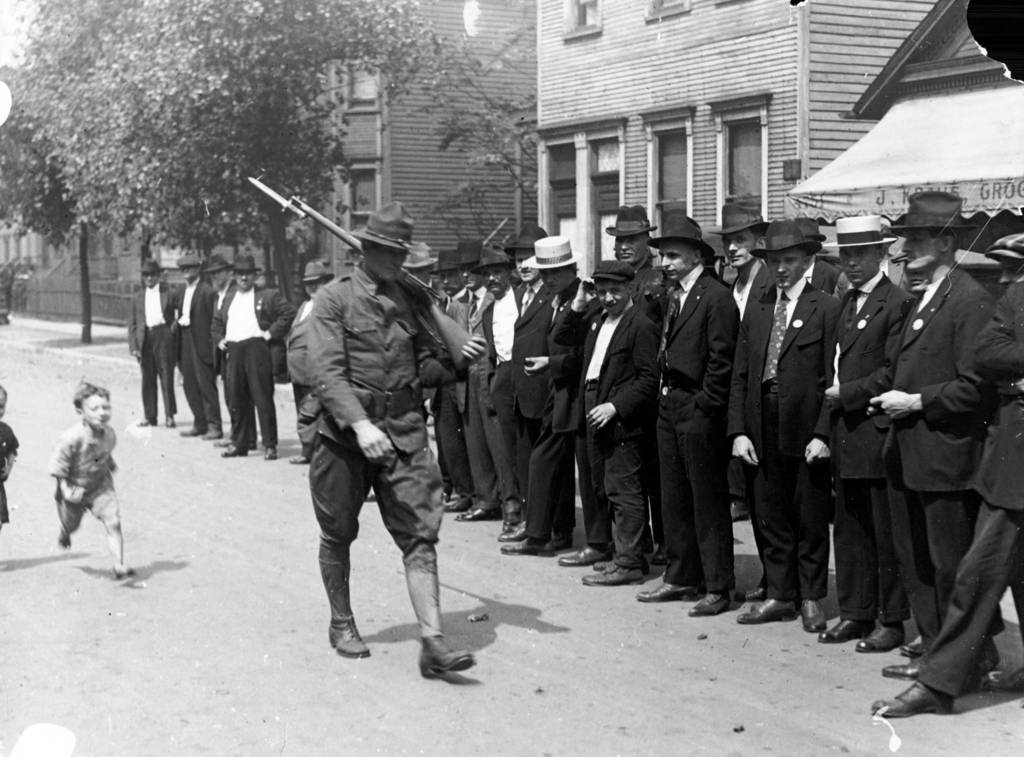








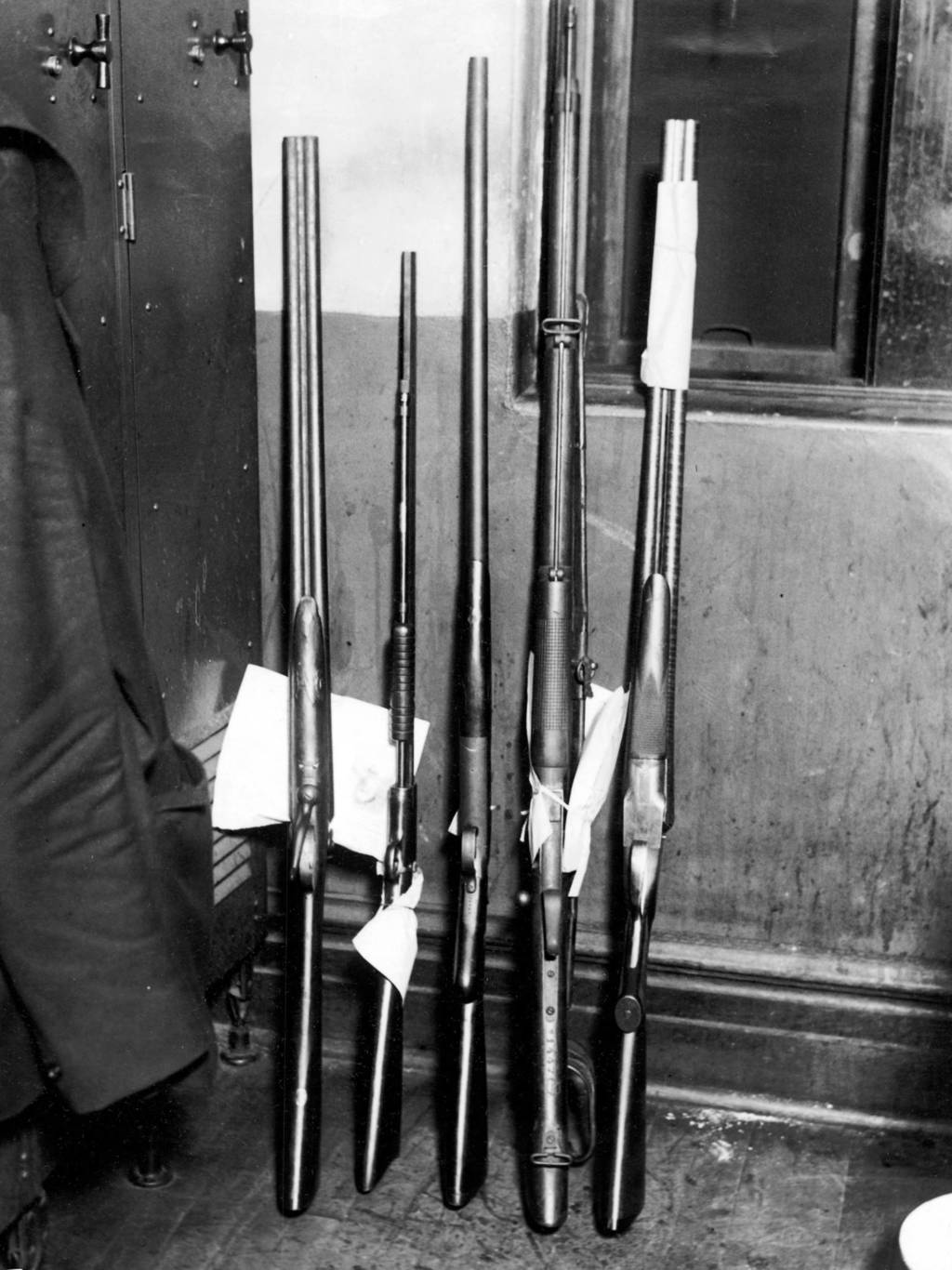

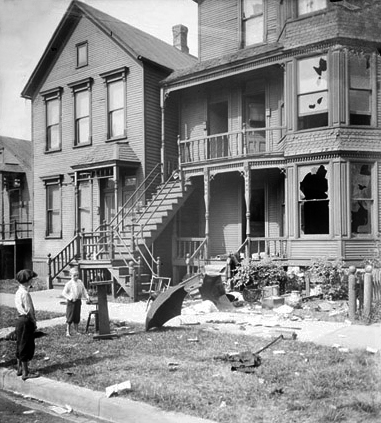
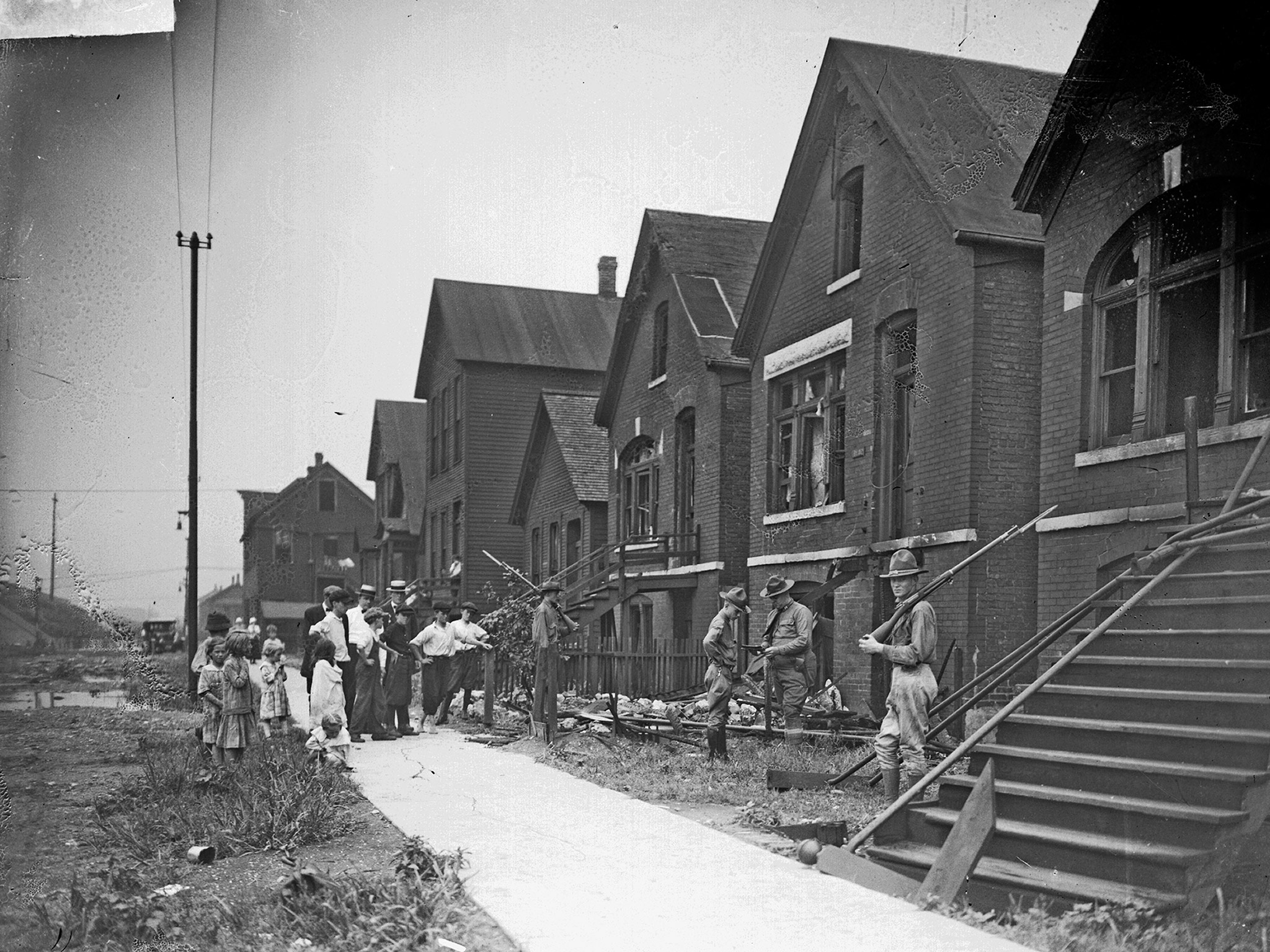

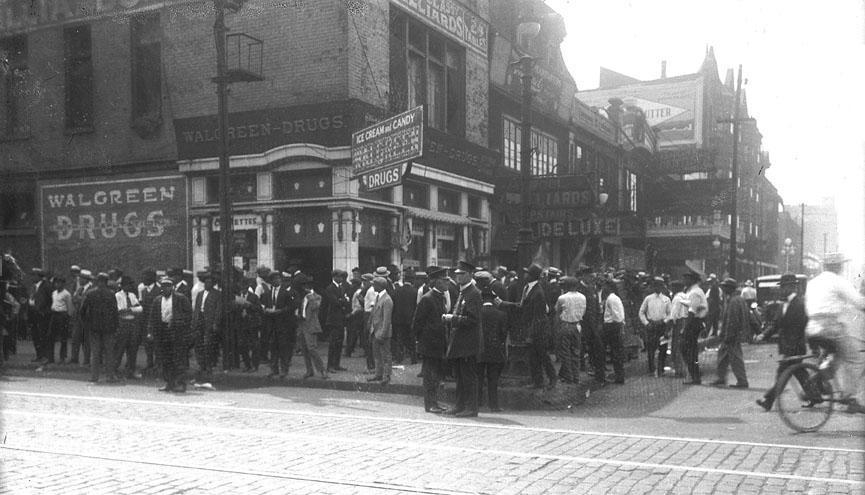







%2BAug%2B3,%2B1919.png)





























 I don't have the resources or connections to start a revolution, but I damn well will join it when someone who does sounds that alarm. Someone needs to step up and marshal all black men and women willing to fight. Black people had better rise up after Darren Wilson walks free from a non-indictment.
I don't have the resources or connections to start a revolution, but I damn well will join it when someone who does sounds that alarm. Someone needs to step up and marshal all black men and women willing to fight. Black people had better rise up after Darren Wilson walks free from a non-indictment.